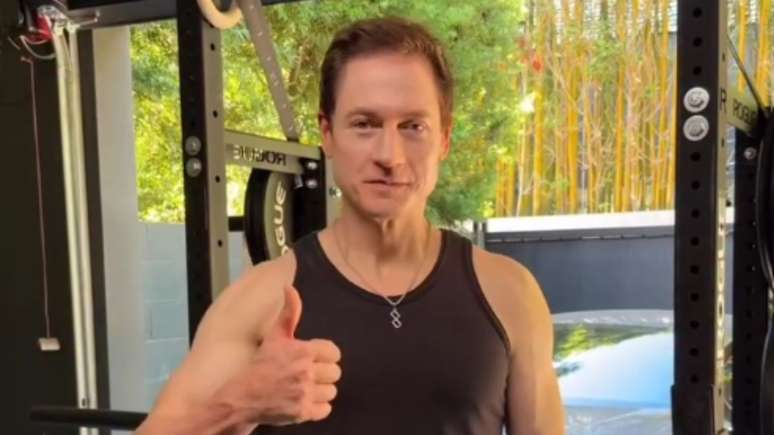According to a physical education professional, cross-training practices help patients maintain muscle mass in immobilized limbs
Does train an arm healthy can minimize the loss of muscle mass in another still immobilized after surgery? Believe me: thanks to the progress of studies in the field of cross-education, which evaluate the transfer of force from different sides of the body through neural adaptations, this once controversial question has been answered with an increasingly unanimous yes by scientists of all the world. the planet.
How to train one arm and strengthen the other at the same time?
About a year ago, a group of Australian and Indian researchers came together to review nearly a hundred studies in this area and found that, on average, the rate of transfer of force from a trained muscle to an untrained one is about 50%. That is, if you increase your right arm strength by 20% after a biceps workout, you will have about a 10% increase in “rebound” strength in your left arm.
Equally or more importantly, this effect caused by the stimuli received and transmitted by the motor cortex of the brain is responsible for keeping the muscle thickness of the immobilized limb almost intact. Sounds like magic, right?
According to the Smart Fit trainer Bruno Silvaprogress in cross-education analyzes and experiments is such that the technique has already left scientific laboratories to reach the practice of gymnastics gyms in Brazil.
“It is very natural for us to receive students with medical indications in this regard,” said the professional, emphasizing that exercises with dynamic characteristic, that is, with the active movement of loads, have been identified as the most effective to date.
While emphasizing that data variation still prevents professionals from establishing a standard training protocol across variables such as intensity and speed of execution, Silva says that it is now possible to say that the benefits of cross-training are not limited to training the same immobilized member.
To illustrate, the Smart Fit practitioner provided a concrete example in which a patient who recently underwent anterior cruciate ligament surgery in the right knee is instructed to perform exercises that activate several lower and upper extremities on the left side. Find out how to do it in the video below!
Source: Terra
Ben Stock is a lifestyle journalist and author at Gossipify. He writes about topics such as health, wellness, travel, food and home decor. He provides practical advice and inspiration to improve well-being, keeps readers up to date with latest lifestyle news and trends, known for his engaging writing style, in-depth analysis and unique perspectives.








